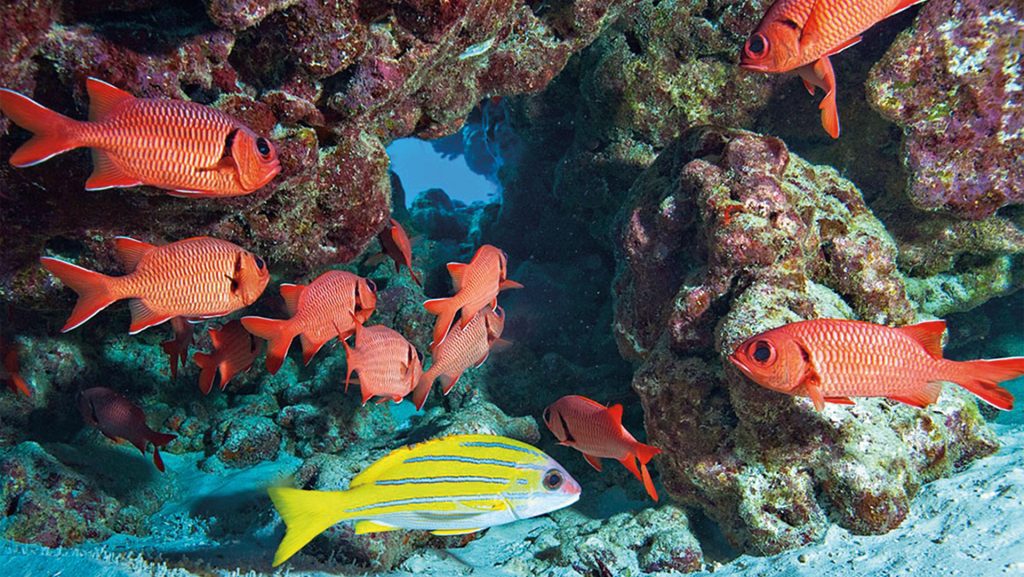
Fish swim around a coral reef in the Phoenix Islands Marine Protected Area, the largest protected marine area in the world. (Photo by Larry Madin, Woods Hole Oceanographic Institution)
The global ocean provides food, minerals, and other valuable resources.
Read up on the science and technological advances that can inform management of the ocean so that fisheries remain stable, ecosystems that support the food web are protected, new ocean-based energy sources do not harm marine life, and humans can continue to live in harmony with the ocean for generations to come.
All Topics on Sustainable Ocean
Aquaculture
Aquaculture is the farming in fresh and saltwater environments of aquatic animals or plants principally for food. Fish, mollusks, crustaceans, and kelp are a few examples.
Fisheries
Overfishing and environmental issues have led to a decline in fish populations, creating uncertainty worldwide and threatening global economic and food security.
Marine Protected Areas
Marine protected areas refers to any part of the ocean that receives some level of protection under law, protecting about one percent of the global ocean.
Offshore Wind
Offshore wind energy generates electricity through wind farms along inshore water areas such as lakes, fjords and sheltered coastal areas, as well as deeper-water areas.
Seafloor Mining
The ocean contains a complex combination of processes that sometimes result in commercially viable forms of a wide range of minerals.

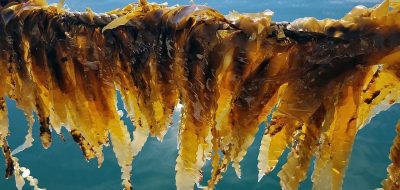
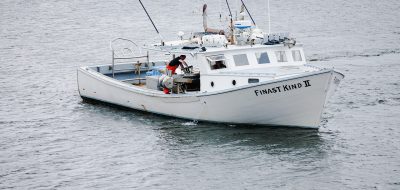
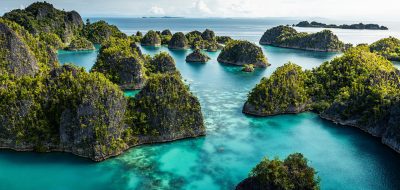
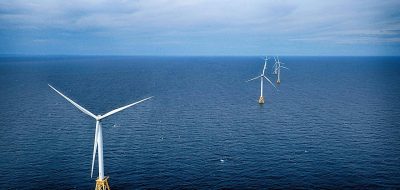
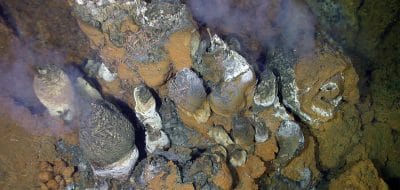
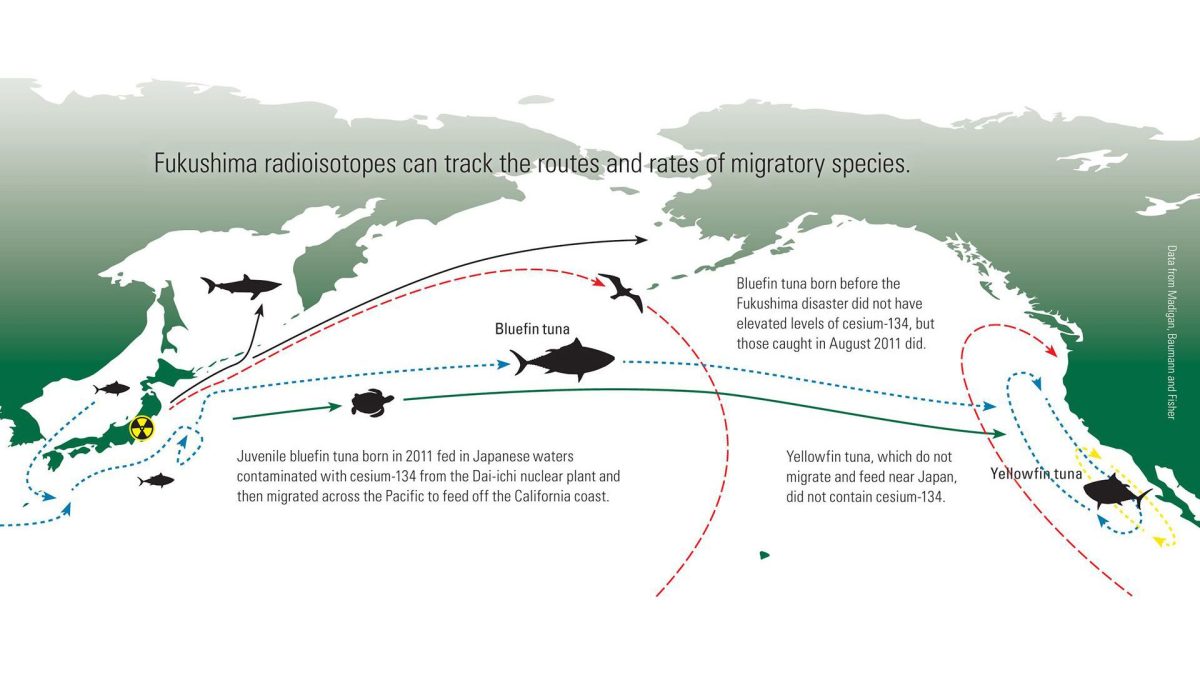
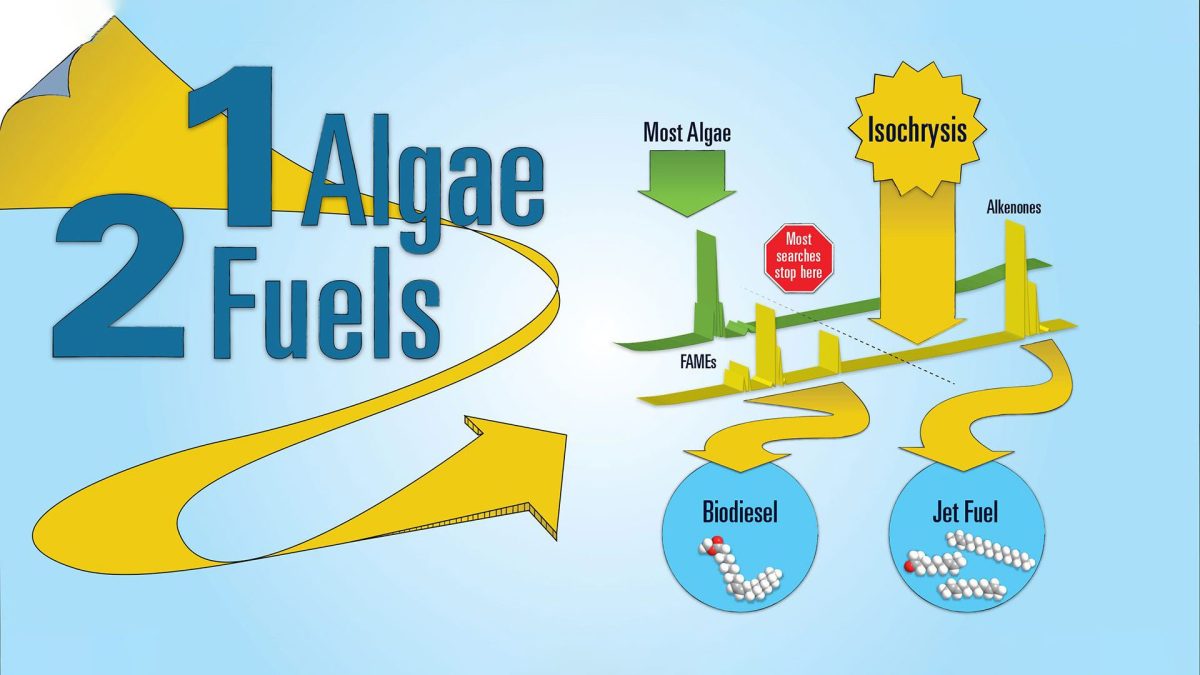

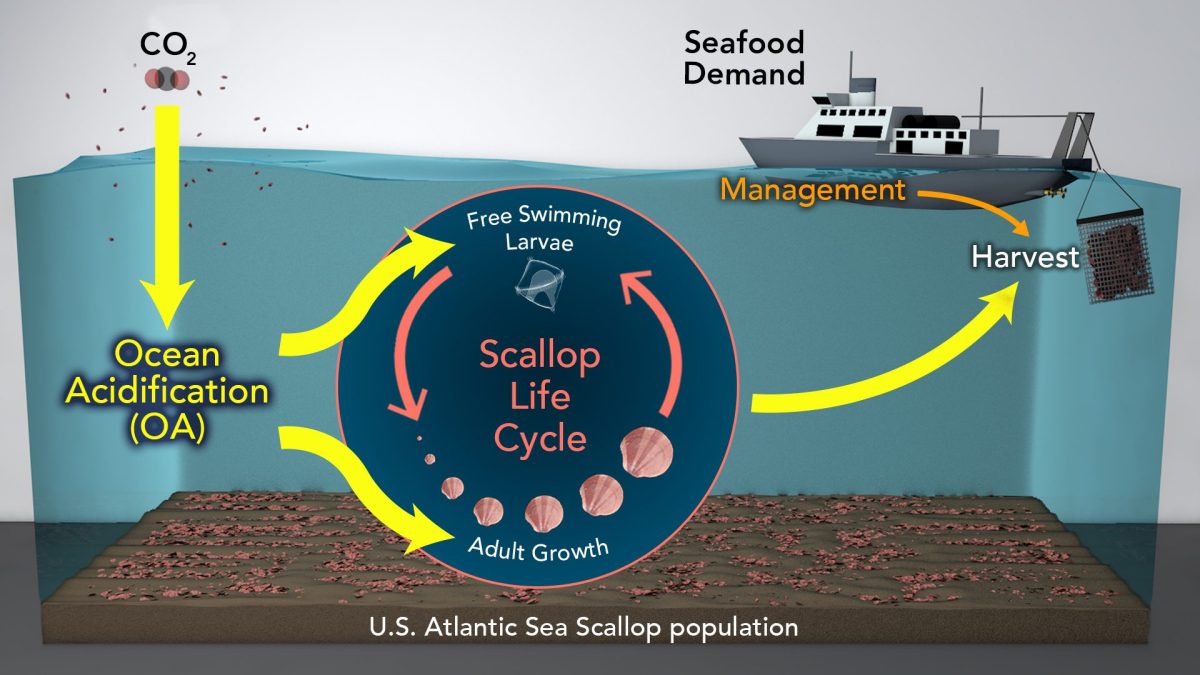
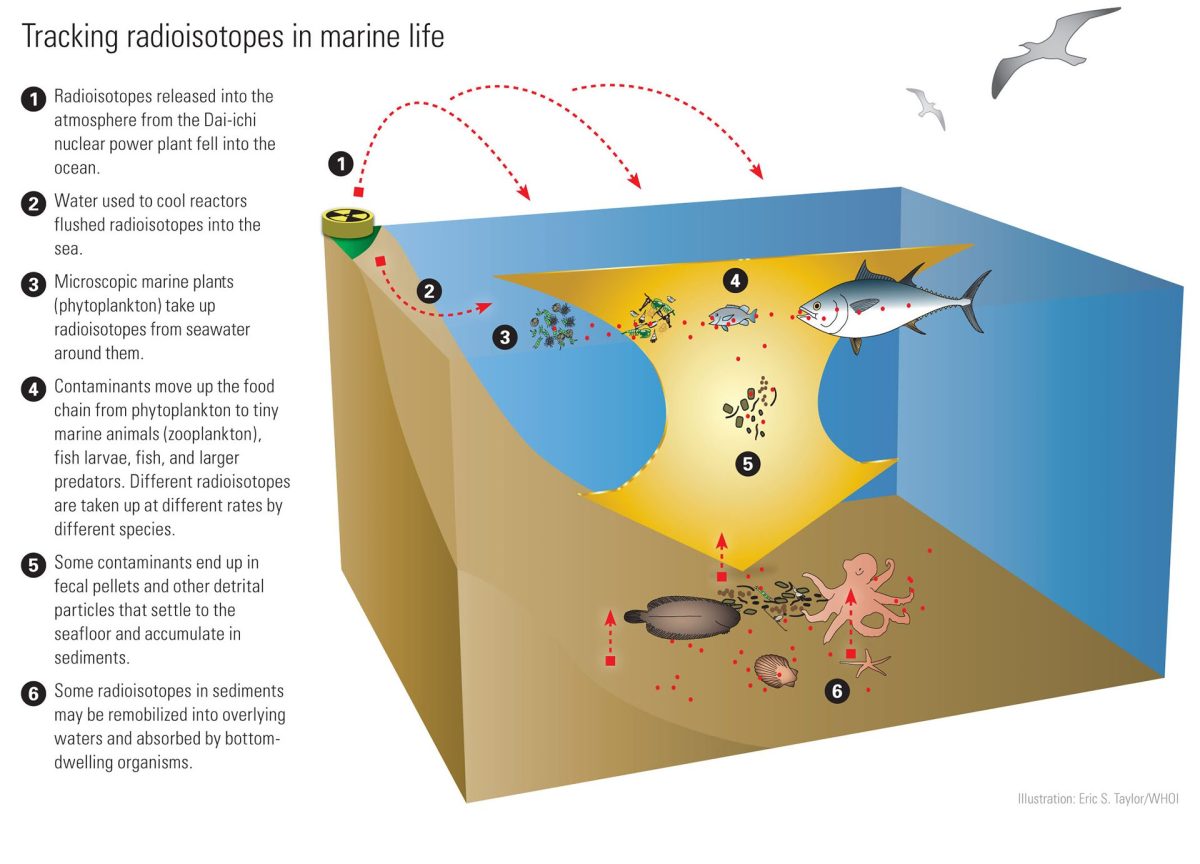

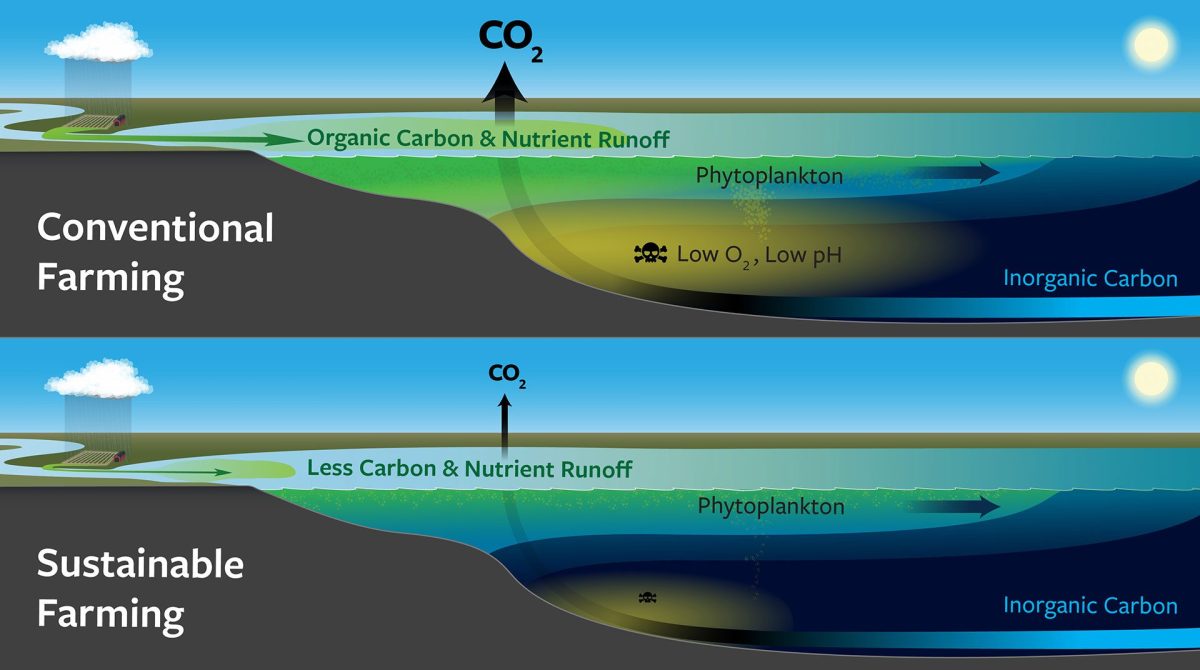
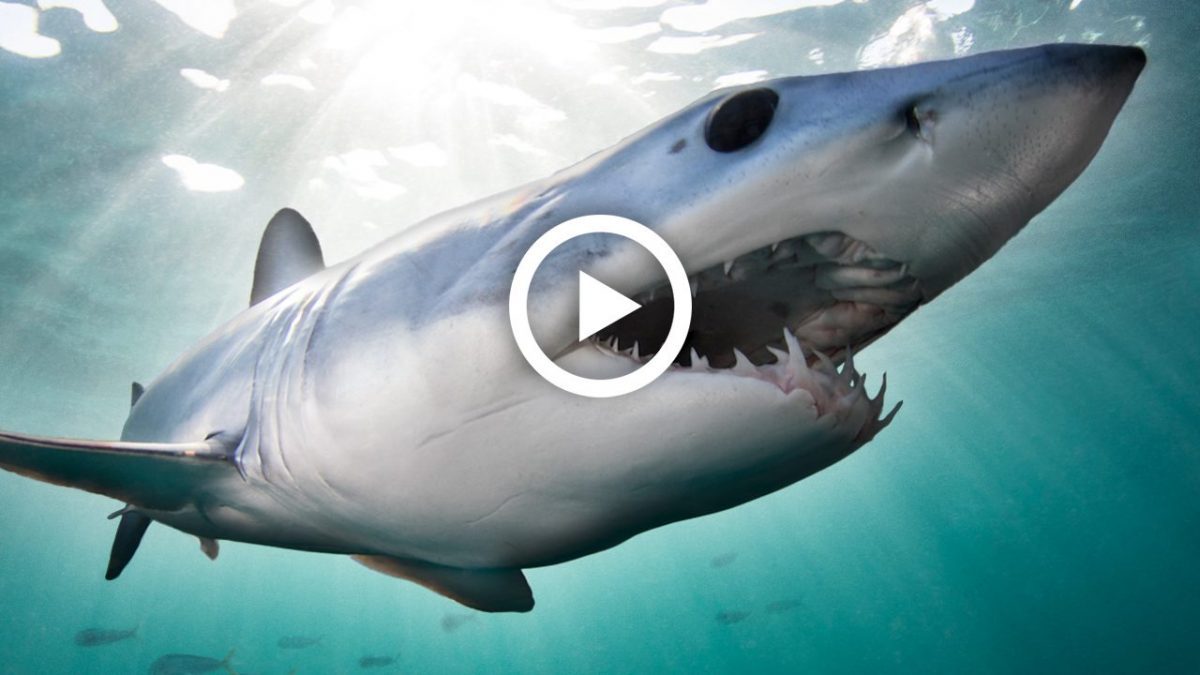
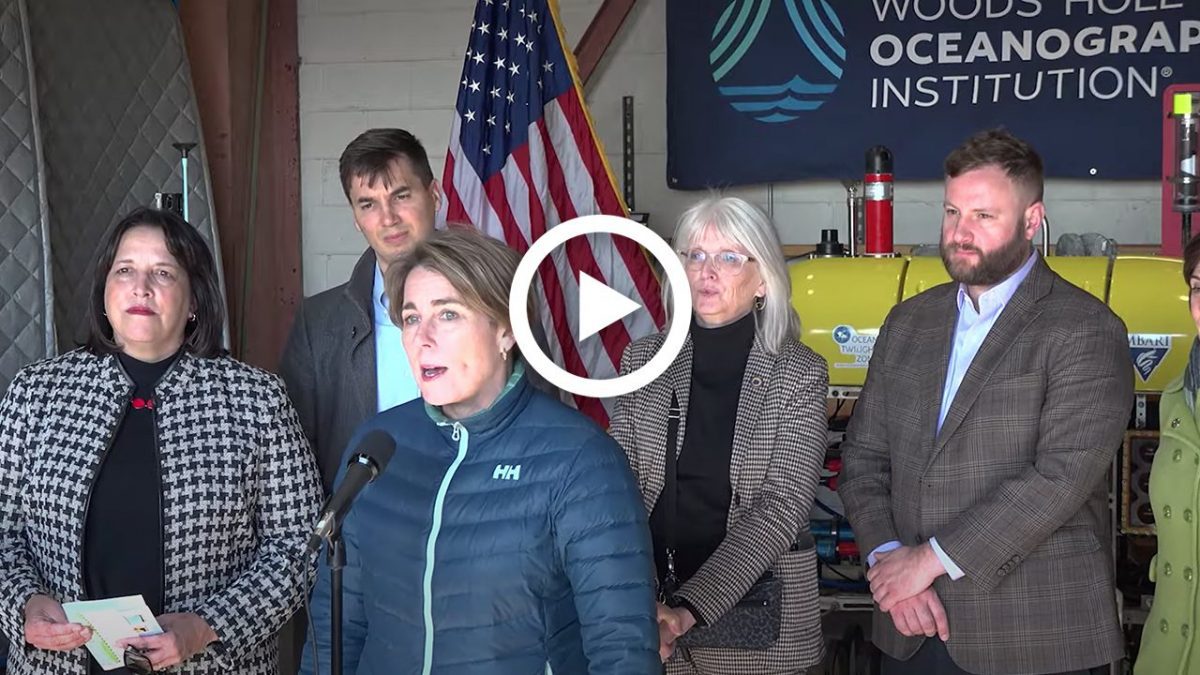
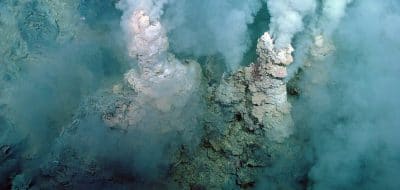
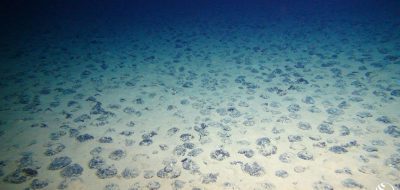
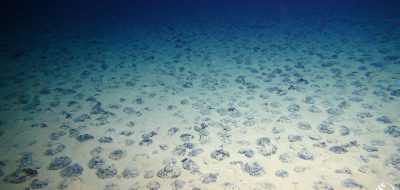
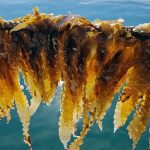 Aquaculture
Aquaculture 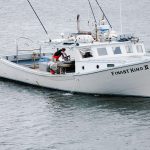 Fisheries
Fisheries  Marine Protected Areas
Marine Protected Areas 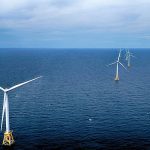 Offshore Wind
Offshore Wind 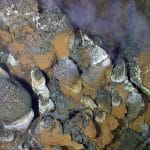 Seafloor Mining
Seafloor Mining